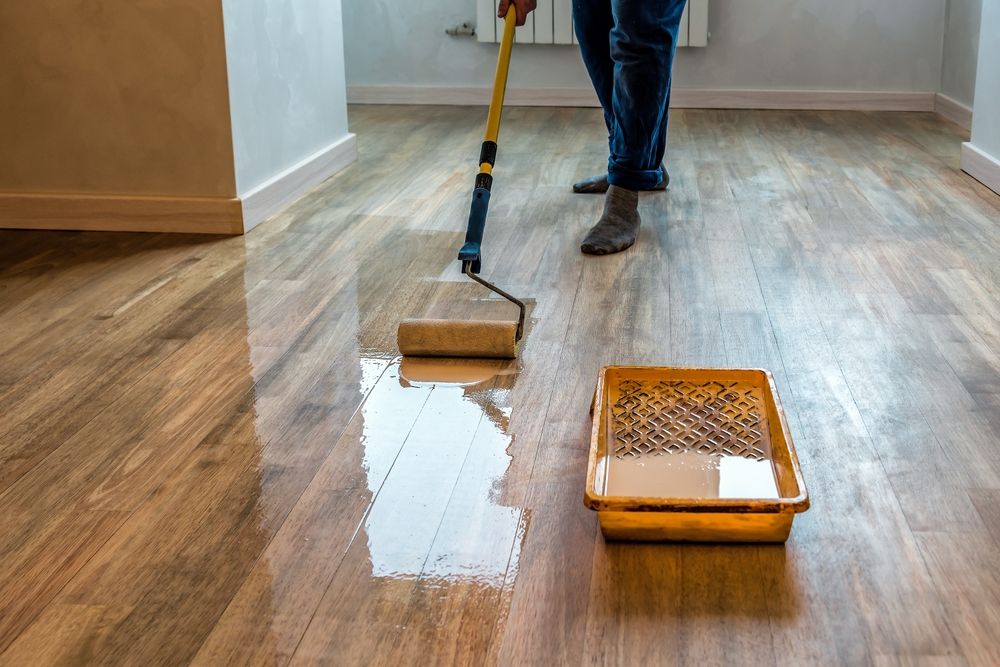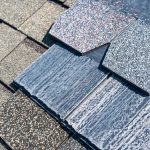When considering options for flooring, many homeowners face the choice between real wood and engineered wood. Both options offer unique benefits and characteristics that can significantly impact the look, feel, and durability of your home’s flooring. Understanding these differences is paramount in making an informed decision that meets both aesthetic desires and practical needs.
Composition and Structure
The primary difference between real and engineered wood flooring lies in their composition and structure. **Real wood flooring**, often referred to as solid hardwood, is made from a single piece of wood. This wood can come from a variety of species, including oak, maple, cherry, and walnut, each offering unique grain patterns and color variations.
In contrast, **engineered wood flooring** consists of several layers. The top layer, known as the veneer, is made of real wood, which provides the same aesthetic appeal as solid hardwood. However, beneath this veneer are multiple layers of plywood or high-density fiberboard, which are arranged in a cross-grain pattern to enhance durability and stability.
Durability and Stability
Durability is a crucial factor when choosing flooring, as it directly affects the longevity and maintenance needs of the material. Solid hardwood is renowned for its longevity and can last for decades if properly cared for. However, it is more susceptible to expanding and contracting due to changes in humidity and temperature. This characteristic can lead to warping or gaps over time, particularly in environments with significant climate variations.
Engineered wood flooring, on the other hand, offers superior stability. The cross-layer construction helps to counteract the natural tendency of wood to expand and contract. This makes engineered wood an excellent choice for areas prone to moisture, such as basements or bathrooms, where solid hardwood might struggle.
Aesthetic and Customization
Both real wood and engineered wood flooring offer a range of aesthetic options, but there are some distinctions worth noting. Solid wood flooring often allows for deeper customization. It can be sanded and refinished multiple times, making it easier to change the stain or repair surface damage. This capability ensures that homeowners can extend the life of their floors and keep them looking fresh even after decades of wear.
Engineered wood, having only a thin veneer of real wood, allows for limited sanding and refinishing. Generally, high-quality engineered wood can be sanded once or twice in its lifetime. However, it still provides a wide range of finishes, textures, and styles that can mimic the look of solid wood convincingly while offering designs that might not be feasible with solid wood due to its thickness.
Environmental Impact
Environmental considerations are increasingly influencing consumer choices, and wooden flooring is no exception. Solid hardwood flooring is often viewed as less environmentally friendly due to the extensive use of hardwood species. Harvesting solid wood can contribute to deforestation and takes longer to regrow.
Engineered wood flooring uses less of the slow-growing hardwood species due to its layered construction, with more renewable wood like fast-growing pine or recycled fibers making up the core. This means that engineered wood generally has a smaller ecological footprint. Additionally, many manufacturers of engineered wood source their timber from sustainably managed forests and use environmentally friendly adhesives and finishes.
Cost Considerations
Cost is always a significant factor in any home improvement decision. Solid hardwood is typically more expensive than engineered wood, both in material costs and installation. The higher cost reflects not just the material itself but also its prestige and potential longevity. Moreover, because solid wood is more challenging to install, labor costs can also be higher.
Engineered wood offers a more budget-friendly alternative without compromising on appearance. It tends to be easier and quicker to install, which can reduce labor costs. Additionally, engineered wood can often be installed as a floating floor, which means it clicks together over an underlay without being nailed or glued to a subfloor. This method further reduces costs and installation time.
Installation Process
The installation process for real and engineered wood flooring is another critical differentiator. Solid wood flooring usually requires nailing or stapling to a wooden subfloor, which can be a more labor-intensive and time-consuming process. It also requires acclimatization to the room’s temperature and humidity to minimize expansion or contraction after installation.
Engineered wood flooring offers more installation flexibility. As mentioned, it can be floated, glued, or stapled, making it more adaptable to different underlayment types. Its stability means it requires less acclimatization time, and it can often be installed directly over concrete or radiant heating systems, environments that would be challenging for solid hardwood.
Resale Value
When considering flooring, many homeowners are also concerned with how it may impact the resale value of their property. Solid wood floors are often perceived as more luxurious and premium, potentially adding more value to a home than engineered wood. Their ability to be repeatedly refinished can also be appealing to prospective buyers who value longevity and the option for customization.
However, high-quality engineered wood flooring can also enhance property value. It provides the sought-after wood aesthetic while offering more resilience to environmental changes and innovative design options. For buyers concerned with sustainability, engineered wood can also present a more appealing option.
Suitability for Different Spaces
Choosing between real and engineered wood often comes down to the specific needs of the space being floored. Solid wood flooring is typically recommended for rooms where moisture levels can be more easily controlled, such as living rooms, bedrooms, and dining areas. Its timeless appeal can enhance the elegance and warmth of these spaces.
Engineered wood is more versatile because of its moisture resistance and stability, making it suitable for kitchens, basements, and potentially bathrooms if properly sealed and maintained. It acts as a bridge between the beauty of hardwood and practicality, especially in areas of the home susceptible to moisture and temperature fluctuations.
In making a decision between real and engineered wood flooring, homeowners must balance aesthetics, durability, cost, and environmental factors against their personal preferences and lifestyle needs. Both options provide a beautiful and potentially valuable addition to any home, but understanding their differences ensures that the chosen flooring meets all expectations and requirements. Reviewing these aspects in detail helps in making the right choice for where you live and how you live, ensuring satisfaction for years to come.



